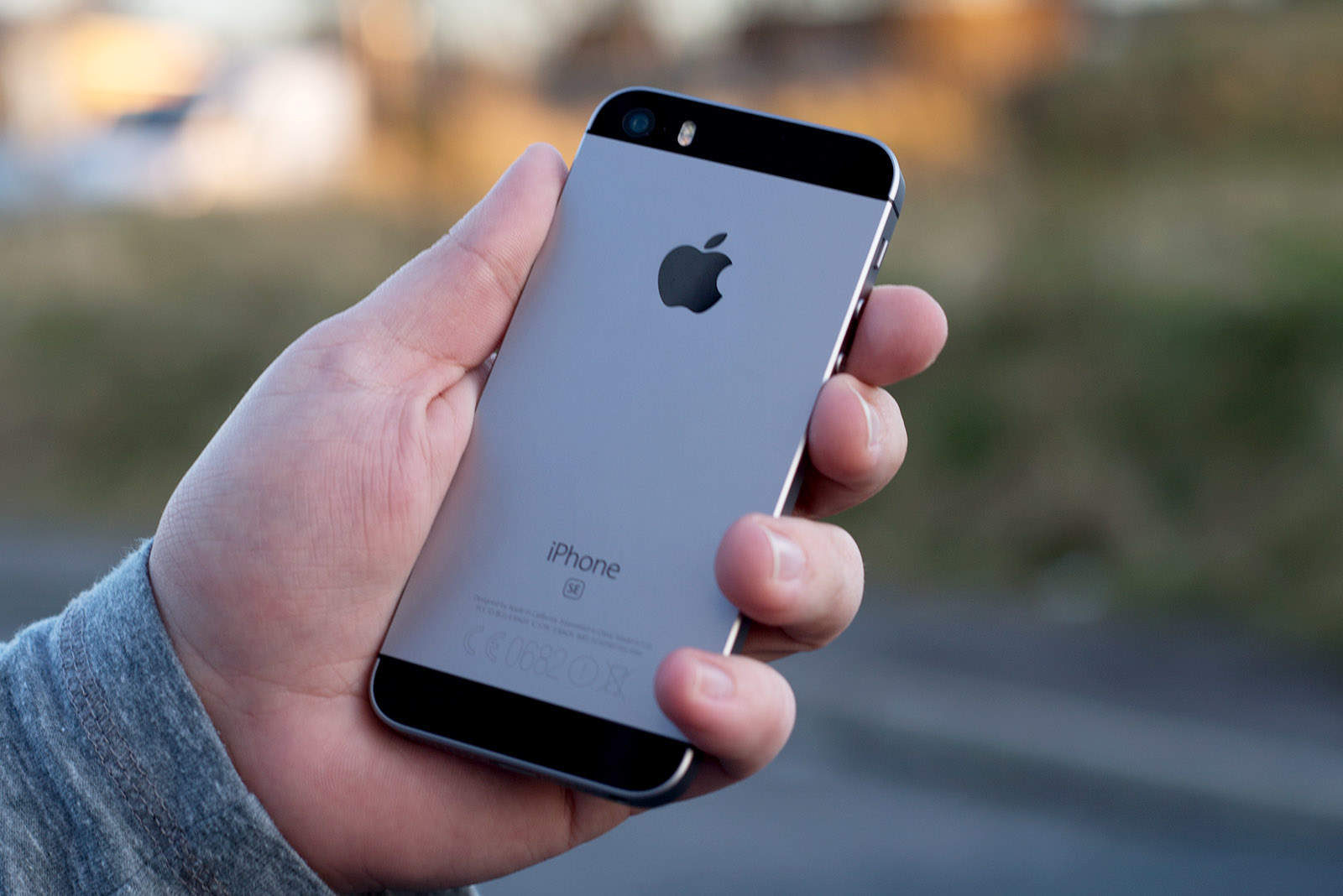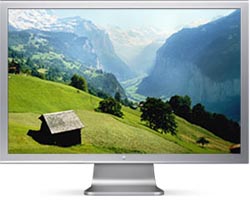If you’ve followed Apple for a while, you probably know that the company has spent decades evolving from a personal computer maker to a luxury retailer that outpaces diamond vendor Tiffany & Co. in revenues per square foot. But what might superficially seem like a linear progression from selling $666 motherboards out of a garage to hawking $17,000 gold watches in shopping malls has actually been a much less orderly transition — and one that at times has gone in completely different directions.
Apple product launches always get buzz, but one new gadget announcement has left some people bemused: a monitor stand that costs more than many computers. According to Apple: iMac (21.5-inch and 27-inch, Late 2012 and later) computers can be configured to order with a built-in VESA mount adapter when ordering via the Apple Online Store. (.) VESA mount adapter upgrade kits are not available for iMacs with a stand. Laptop Stands,Universal Desktop Stand,Notebook Computer,11-15 in,Compatible,Apple MacBook,Air Mac Pro,iPad, Surface, Lenovo,Simple Bamboo Stylose From shop Stylose. Apple touted the design and craftsmanship of the Pro Stand in a recent press release. 'The Pro Stand has an intricately engineered arm that perfectly counterbalances the display so it feels.
Consider, for a moment, Apple’s January 2005 introduction of the $99 iPod shuffle, which helped Apple win millions of new budget-conscious customers, and its September 2010 release of the fourth iPod shuffle — a complete music player for $49. Only months earlier, it had introduced the 27″ LED Cinema Display for $999, describing it as a “perfect fit with our powerful new Mac Pro.” By July 2011, it released the improved Thunderbolt Display at the same price.
But if there was any question that Tim Cook’s Apple isn’t looking to save its customers money, it’s been answered by this week’s tone-deaf announcement of a $999 “Pro Stand” accessory for its latest professional monitor, which, as none of its customers would have guessed beforehand, ships without a stand. As a particularly brilliant tweet noted, the Thunderbolt Display somehow was a full best-of-class LED monitor for $999, while what Apple offers now for the same price is just the stand.
Apple didn’t just get to this point on Monday. The past five years saw the introduction of gold Apple Watches and trash can-shaped Mac Pros that were seemingly made without worrying whether actual customers would purchase them. More recently, Apple has pushed up the entry prices for its flagship and near-flagship iPhones, Apple Watches, iPads, and Macs while killing off inexpensive models. If one wanted to read a message into this, it would be that Apple doesn’t want the $49 iPod shuffle, $149 iPod nano, or $299 iPad mini customers any more, at least unless they’re willing to cough up some more cash for newer models.
The complex reality is that Apple has been selling a mix of high- and low-priced products for years, historically with a greater mix of high-priced ones, but appeared to be on a trajectory to democratizing its hardware until Steve Jobs’ untimely death in 2011. Since then, however, the company has tried to simultaneously expand its footprint and satisfy Wall Street, creating an identity crisis that seems to plague every new product announcement. Is a new iPad or Mac going to be priced so that students and school districts can afford it, or is Apple going to need to give away hardware to disadvantaged schools to demonstrate that it still cares about education?
In my view, the main issue is that Apple — now run by a core team of executives who make millions of dollars each year — has become insensitive to the fact that its products are commonly purchased by people who view $159 AirPods as luxuries. Based on comments in the last two quarterly conference calls, these executives apparently learned only recently that they needed to offer multi-year financing plans and device trade-in programs to help customers buy even $749 phones, say nothing of $999 models. My take is that the people complaining about $999 Pro Stands aren’t primarily the (very narrow) target audience for $4,999 Pro Displays, but the millions of customers who could never afford them, and find the very idea of selling such things ridiculous.
While I wouldn’t begrudge Apple the opportunity to keep making “supercar” style Macs or peripherals that go alongside them, the company’s pursuit of crazy expensive projects isn’t just overshadowing its more affordable ones — it’s pushing the company to move further away from the customers it embraced as it began its steepest period of growth in its history, For that reason, Apple seriously needs to reconsider whether it wants to retreat back to making niche tools for wealthy customers, or move back into democratizing technology “for the rest of us,” as it famously said in its early, optimistic Macintosh commercials.
It wouldn’t hurt to invite a few actual (but tight-lipped) customers to sit in on keynote prep, either, to provide notes ahead of the formal announcements. If Apple’s executives are too far removed from consumer sentiment to realize that a $999 phone might cause gasps in China, or a $999 stand might generate groans in America, there are plenty of people out there who would be more than happy to set them straight before they make another unnecessarily embarrassing mistake.
Believing is seeing.
The first 32-inch Retina 6K display ever. Up to 1600 nits of brightness. An astonishing 1,000,000:1 contrast ratio and superwide viewing angle. Over a billion colors presented with exceptional accuracy. And dynamic range that transforms the professional workflow. Introducing Apple Pro Display XDR, the world’s best pro display.
XDR. Dynamic range to the extreme.
The contrast your eyes see between brightness and darkness is very challenging to reproduce in a display, leading to the development of High Dynamic Range (HDR). With breakthrough backlighting technology, Pro Display XDR takes brightness, contrast, and color to a new level. Far beyond HDR, it’s Extreme Dynamic Range (XDR).
A brighter idea.
Typical desktop displays have sustained brightness around 350 nits. Some pro displays exceed this, but most can only sustain it for short periods of time. Pro Display XDR produces an industry-leading 1000 nits of full-screen sustained brightness and 1600 nits at its peak.1 It gives you the power to maintain extreme brightness without ever dimming. Along with efficient backlight control, this delivers outstanding contrast between the brightest brights and the blackest blacks. The result is an incredible 1,000,000:1 contrast ratio and stunningly real XDR imagery.
Show your truest colors.
Pro Display XDR always gives you the truest representation of your work. A P3 wide color gamut provides a color palette capable of creating the most vibrant imagery. With true 10-bit color, Pro Display XDR can produce more than a billion colors with extreme accuracy. State-of-the-art calibration and a sophisticated algorithm ensure that you get the highest-quality color possible.

LED in a whole new light.
True-to-life imagery requires having extremely bright areas of the screen right next to extremely dark areas. Without precise backlight control, this can cause an unintended glow called blooming. Pro Display XDR is able to dramatically reduce blooming using advanced LED technology, light shaping, and intelligent image processing.
Innovation in every layer.
Every aspect of the light imaging system in Pro Display XDR is crucial to the overall quality of what you see onscreen. Each element builds on top of the last to create a display with unbelievable brightness and contrast.
576 blue LEDs work together.
Typical LCDs are edge-lit by a strip of white LEDs. The 2D backlighting system in Pro Display XDR is unlike any other. It uses a superbright array of 576 blue LEDs that allows for unmatched light control compared with white LEDs. Twelve controllers rapidly modulate each LED so that areas of the screen can be incredibly bright while other areas are incredibly dark. All of this produces an extraordinary contrast that’s the foundation for XDR.
Light is mixed and shaped.
For even greater control of light, each LED is treated with a reflective layer, a highly customized lens, and a geometrically optimized reflector that are all unique to Pro Display XDR. Through a pioneering design, light is reflected, mixed, and shaped between two layers to minimize blooming and provide uniform lighting.
Color is transformed.
Converting blue light to white is a difficult process that requires extremely precise color conversion. It’s why most display makers use white LEDs. Pro Display XDR accomplishes this conversion with an expertly designed color transformation sheet made of hundreds of layers that control the light spectrum passing through them.
Brightness is taken to the edge.
Pro Display XDR extends exceptional image quality to the very edge. To ensure that LEDs along the sides of the display mix well with adjacent ones, a micro-lens array boosts light along the edges. This creates uniform color and brightness across the entire screen.
One chip makes it all possible.
With a massive amount of processing power, the timing controller (TCON) chip utilizes an algorithm specifically created to analyze and reproduce images. It controls LEDs at over 10 times the refresh rate of the LCD itself, reducing latency and blooming. It’s capable of multiple refresh rates for amazingly smooth playback. Managing both the LED array and LCD pixels, the TCON precisely directs light and color to bring your work to life with stunning accuracy.
Superwide viewing angle.
When multiple people review work together on a single screen, it’s critical that everyone sees the same thing. While most pro desktop displays claim a wide viewing angle, in reality, color and image quality become distorted when seen off-axis. With industry-leading polarizer technology, Pro Display XDR achieves a superwide viewing angle that maintains exceptional color and contrast.
than a typical LCD
Nano-texture glass.
Light scattered to further reduce glare.
Less glare.
And even less glare.

Every Pro Display XDR screen is engineered for extremely low reflectivity. And if you’re in an especially uncontrolled lighting environment, there’s an innovative matte option with nano-texture glass. Typical matte displays have a coating added to their surface that scatters light. However, these coatings lower contrast while producing unwanted haze and sparkle. The nano-texture on Pro Display XDR is actually etched into the glass at the nanometer level. The result is a screen with beautiful image quality that maintains contrast while scattering light to reduce glare to the barest minimum.
Goes with the workflow.
Professionals require a lot from their displays. But each person has different needs. Resolution, reference modes, reliable calibration. Pro Display XDR has everything you need in a modern workflow, bringing a new level of efficiency to every production. It wasn’t just made for the pro workflow. It redefines it.
5K
Retina 6K. Expand your view.
Higher resolution means more than just a better-quality image. With a Retina 6K display, Pro Display XDR gives you nearly 40 percent more screen real estate than a 5K display. While most displays max out at around 150 pixels per inch (ppi), our Retina display has 218 ppi, providing astoundingly sharp and detailed imagery. It’s a massive creative canvas that easily fits 4K content, your tools, and much more all in one screen.
Many creatives. One vision.
Pro video workflows involve a range of professionals with unique setups. What’s always been missing is the ability to see the same image across an entire production. Pro Display XDR allows pros at every point in the process to experience exactly the same groundbreaking picture quality.
On location.
From the start of a shoot, Pro Display XDR reveals the content you’re capturing with incredible accuracy.
Post-production.
Image reproduction remains consistent across every point of your workflow, ensuring that everyone is always on the same page.
Reference modes.
It’s easy to adjust Pro Display XDR to match the requirements of HDR, HD, SD video, digital cinema, and broader uses such as photography, web development, design, and print. Just select a mode, and the display reconfigures itself to match a specified color space, white point, gamma, and brightness. And coming soon, you’ll have the ability to create custom reference modes.
True Tone.
The lighting around you can affect the way you see onscreen colors. True Tone on Pro Display XDR uses a breakthrough dual ambient light sensor design — with a sensor on the front and another on the back — to better gauge your overall lighting environment. This facilitates more exact adjustments to the color and intensity of your display, so you can have accurate viewing in all lighting conditions.
Expertly calibrated.
Pro Display XDR is optimized to more than meet the standards of creative professionals. Every display goes through our state-of-the-art color calibration. Each of the display’s 576 LEDs is also individually calibrated and has its light profile stored. An algorithm then uses this information to determine the exact light intensity at which each LED should be modulated to produce the best possible image.
A beautiful picture is only part of the story.
Pro Display XDR is stunning every way you look at it. Its screen stretches edge to edge with just a 9 mm border, so your work takes center stage. The aluminum enclosure is just an inch thick and features an innovative lattice pattern that reduces weight and increases airflow.
More air than metal.
The lattice pattern machined into the aluminum has many advantages. It more than doubles the surface area exposed to air, facilitating additional airflow and acting as a heat sink. This allows for fast and quiet cooling, enabling Pro Display XDR to sustain an extreme level of brightness indefinitely. Inlet and exhaust vents work through this pattern to draw in cool air and eject hot air away from the system, limiting the potential for hot air to be reingested.
Elevate your work. And rotate it, too.
Every aspect of Pro Display XDR was designed with pros in mind. Pro Stand is no exception. Height, tilt, rotation — it’s completely adjustable. It’s stable without taking up much space. And its ability to rotate to landscape or portrait makes it perfect for any type of work.
Fine-tuned fine‑tuning.
Pro Stand makes every adjustment of your display feel seamless. Precision tilting and 120 mm of height adjustment help Pro Display XDR adapt to any viewing condition. The angle of the display stays true even as you adjust the height. With Pro Stand, you get a display that feels weightless, moves effortlessly where you want it, and stays exactly where you leave it.
Every side is its good side.
Pro Stand gives you the ability to move between landscape and portrait whenever you want. All you have to do is unlock the slider and turn the display. Whether you’re a developer, a photographer, or a composer, you can see more of your work without endless scrolling.
Detach. Move. Attach.
Having the freedom to move between being on set and working in the studio can make a big difference. The magnetic connector on Pro Stand makes it easy to attach and detach from its polar-opposite magnet on the back of Pro Display XDR. These magnets guide the connection while latches automatically engage and securely lock the stand to the display. Detaching it is as simple as unlocking the slider.
Available VESA Mount Adapter.
Many pros have unique mounting setups for their displays. The VESA Mount Adapter attaches to the display in a matter of seconds for quick and easy mounting.


Powerful partnerships.
Pair Pro Display XDR with Mac Pro to create the ultimate professional workstation. Or connect it to your MacBook Pro with Thunderbolt 3.2
What Does Apple Mac Stand For
Use AR to see Pro Display XDR in your workspace.
Apple Mac Pro Stand
Open this page on your iPhone or iPad to view Pro Display XDR in AR.
